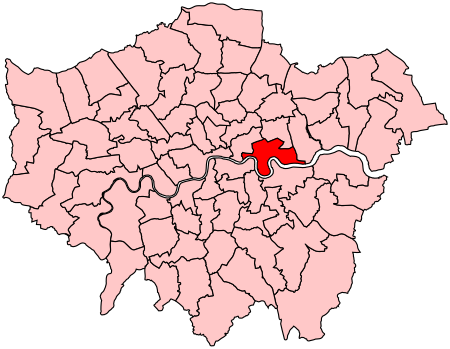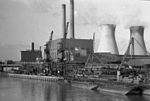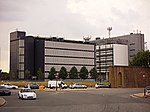Poplar and Canning Town (UK Parliament constituency)
Canning TownConstituencies of the Parliament of the United Kingdom disestablished in 2010Constituencies of the Parliament of the United Kingdom established in 1997Parliamentary constituencies in London (historic)Politics of the London Borough of Newham ... and 2 more
Politics of the London Borough of Tower HamletsPoplar, London

Poplar and Canning Town was a borough constituency represented in the House of Commons of the Parliament of the United Kingdom. It elected one Member of Parliament (MP) by the first past the post system of election.
Excerpt from the Wikipedia article Poplar and Canning Town (UK Parliament constituency) (License: CC BY-SA 3.0, Authors, Images).Poplar and Canning Town (UK Parliament constituency)
Geographical coordinates (GPS) Nearby PlacesShow on map
Geographical coordinates (GPS)
| Latitude | Longitude |
|---|---|
| N 51.515 ° | E 0 ° |








